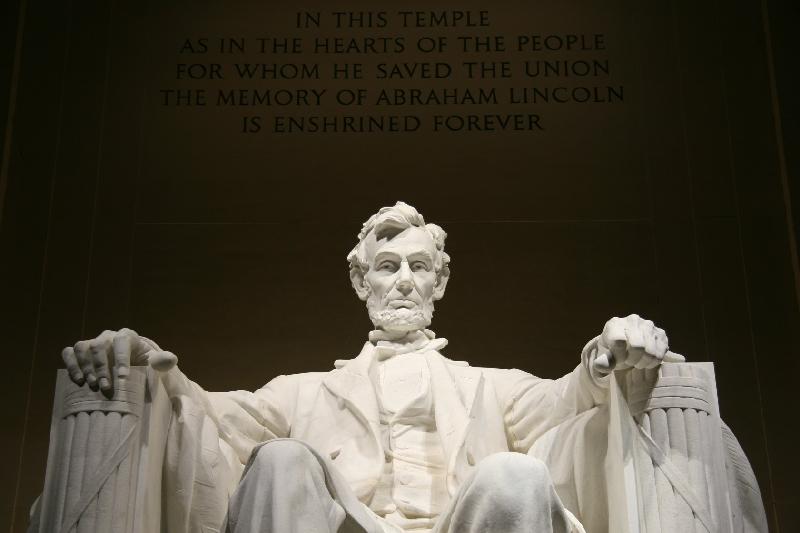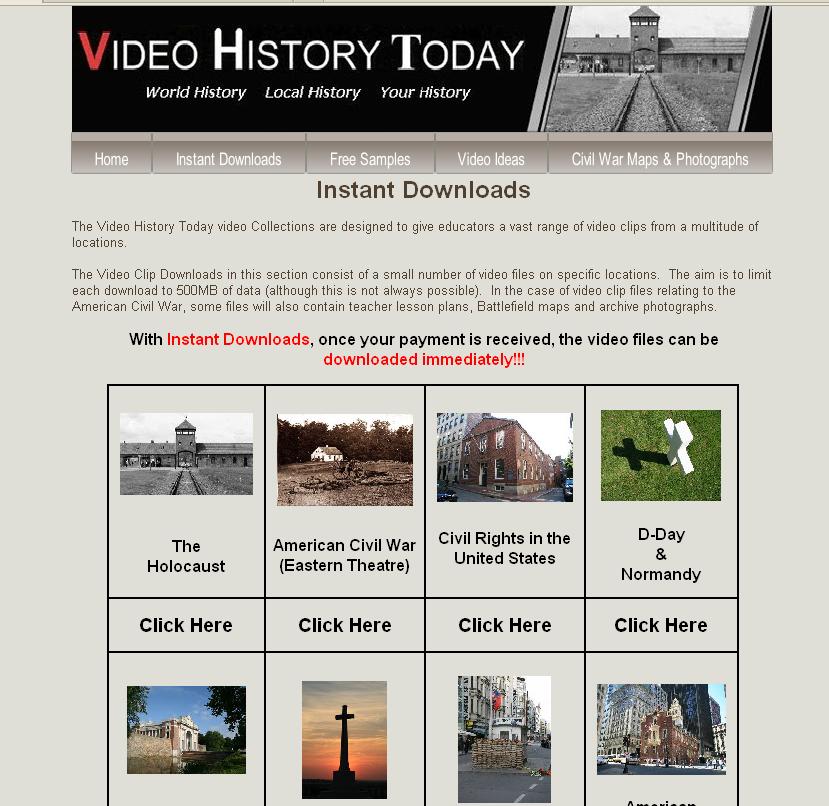Video History Today- Educators Can Use YouTube In The Classroom
Making YouTube Videos is a skill. But how can Civil War educators make use of this in the classroom?



Young people the world over make videos and then share them via YouTube, Facebook, Twitter and many other social networking web sites. To them, this is a normal activity. It is fun. However, without realizing it, these young people are developing a skill: the creation of a visual document which they then release to the world and onto a peer reviewable web site.
Although only created in 2003, YouTube is well known to most educators who use video clips from YouTube to support their work. But can Civil War educators use this new medium in another way?
In short,
Can the skills young people are developing for fun on YouTube be used to teach the Civil War?
Until recently, the materials to do this did not exist. Enter Video History Today, the world's first online library of video clips aimed completely at schools & colleges. .
Put simply, Video History Today is a library of video clips recorded at places of historical interest.
More specifically, Video History Today has gone to hundreds of locations linked to key moments in European & American History, recorded many short, simple video clips around each site and then produced easily downloadable packages of the clips, including photographs and other information for use in the classroom. The video clips are all easily edited on any PC based video editing software package.
In addition to the American Civil War, there are clips from locations relating to World War One, World War Two, The Holocaust, the Cold War and many others.
How could Educators use these products to teach the Civil War?
Maybe as a team project, where students are told to create a visual essay based on a one line statement. They would then have to bring together the video clips, historical images, their own video, write a script and produce, edit and commentate their own 2 minute documentary. This could be then be discussed in class and even uploaded to the school web-site or YouTube (for further peer review).
Imagination.jpg)
Alternatively educators could make use of the clips, perhaps as a background canvas as they talk about the War in class. Or put together a minute of clips and ask the students to go away and prepare a timed, suitable commentary for the extended clip. A brave educator might even use the video clips to make their own Civil War mini-documentary to show in class.
Ultimately, the products from Video History Today just add another dimension to the teaching of the Civil War. The important message is that it is the responsibility of educators to take advantage of the new skills that the YouTube generation is unconsciously developing. Maybe in 10 years time, using video clips like this will be seen as the norm; and you heard it here, on CivilWar.com first.
Click below to find out more-
Video History Today.....World History....Local History....Your History



